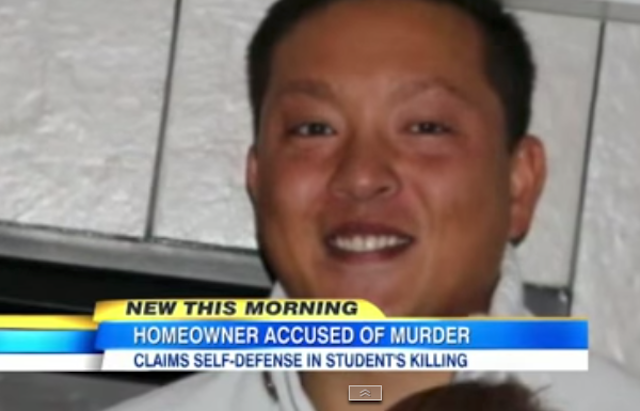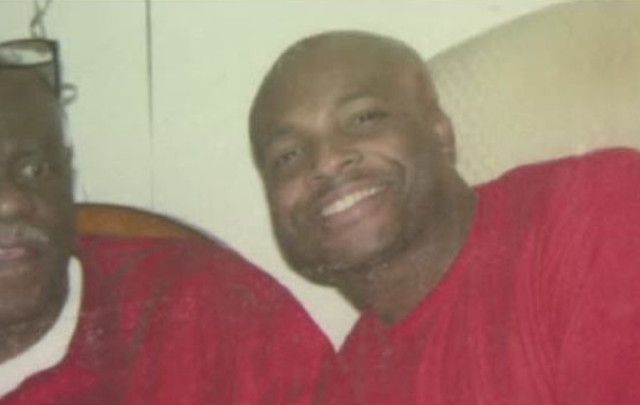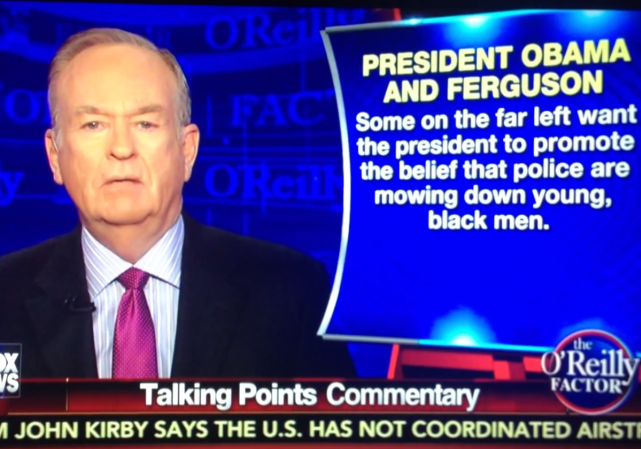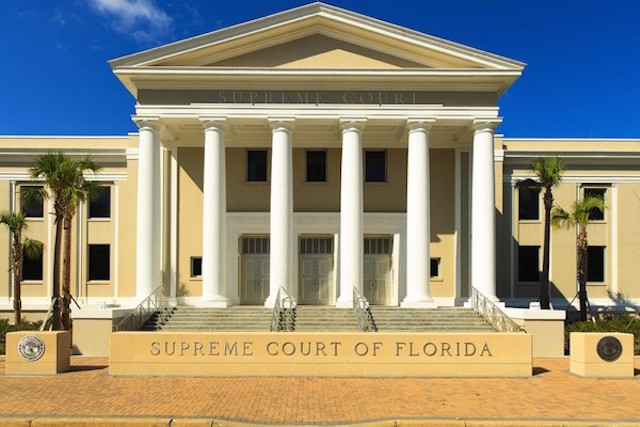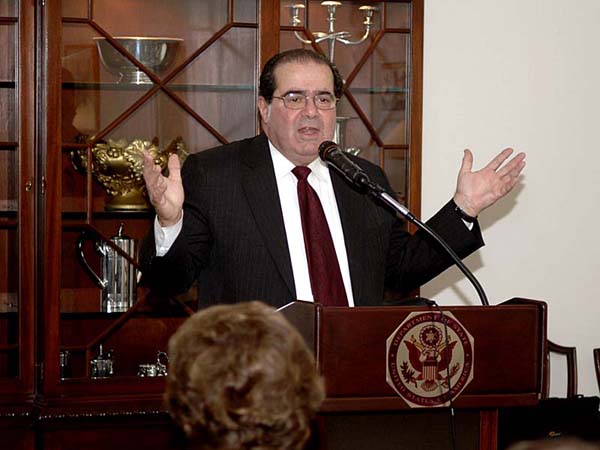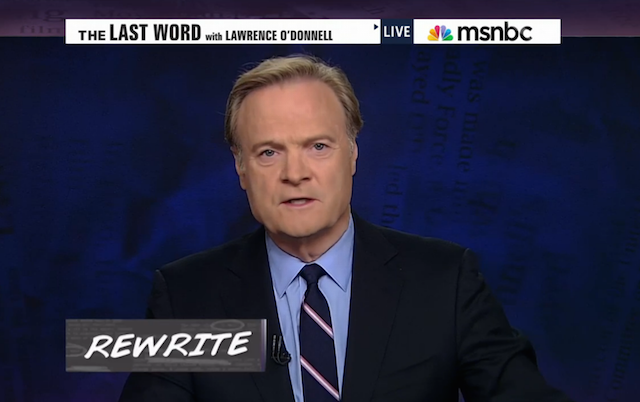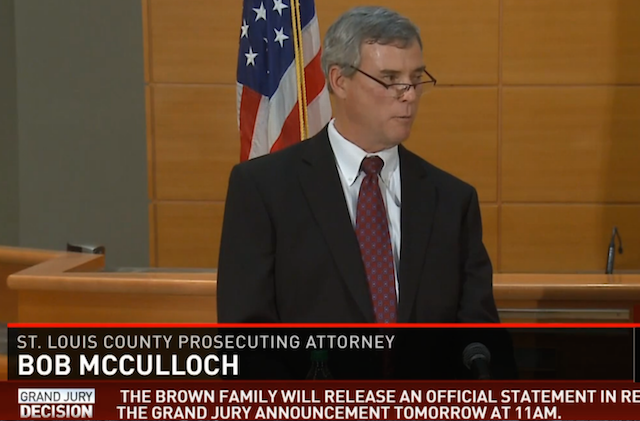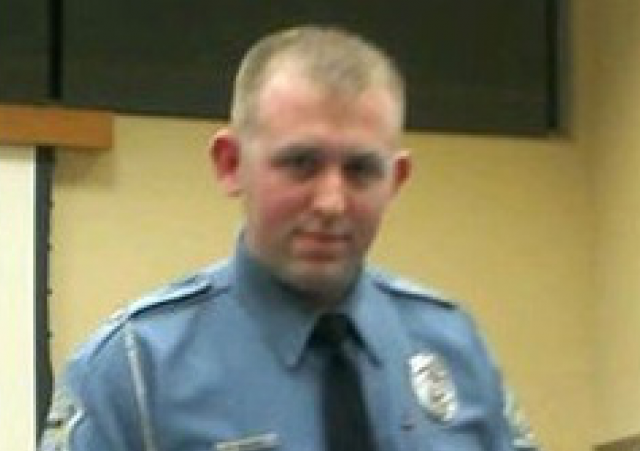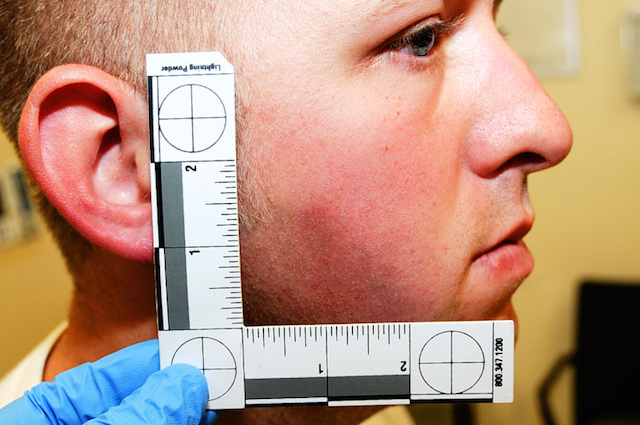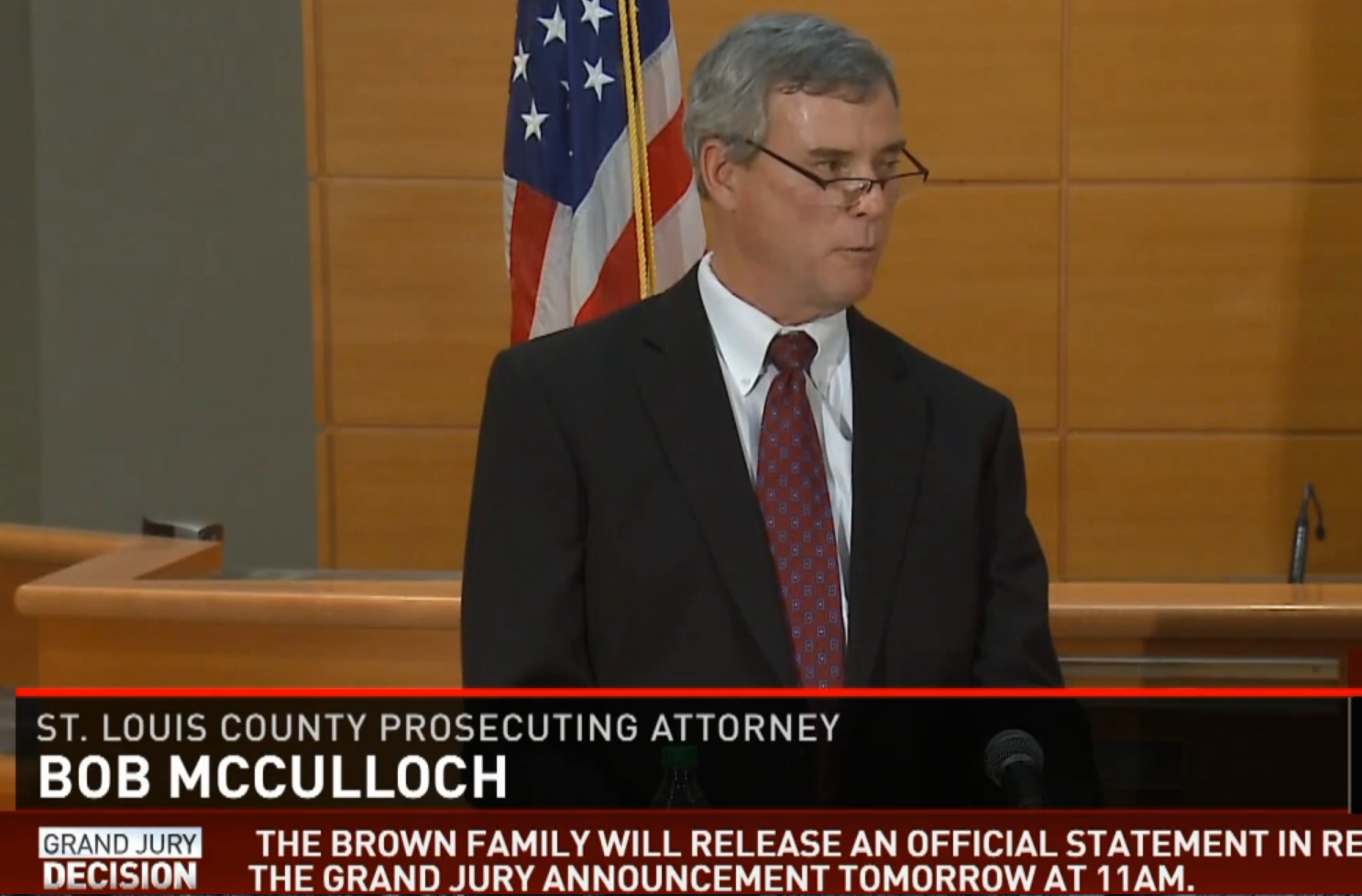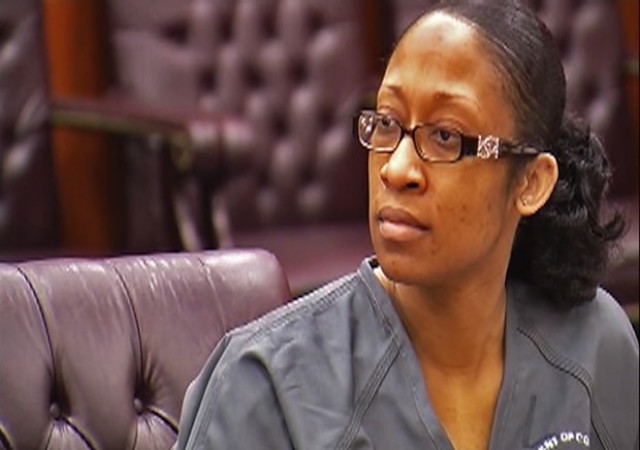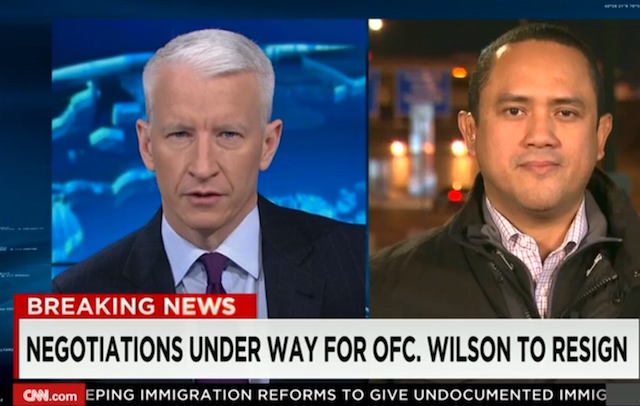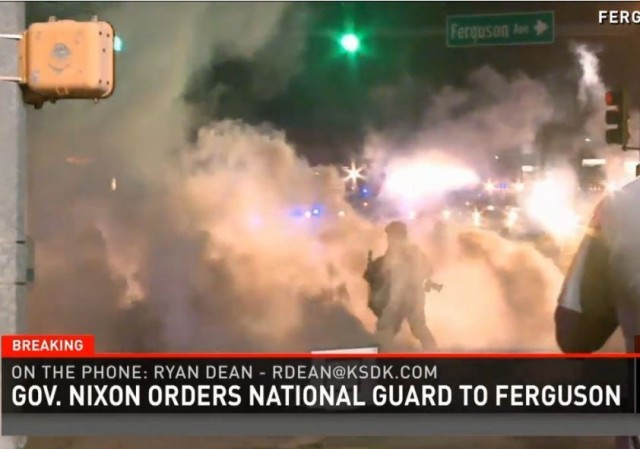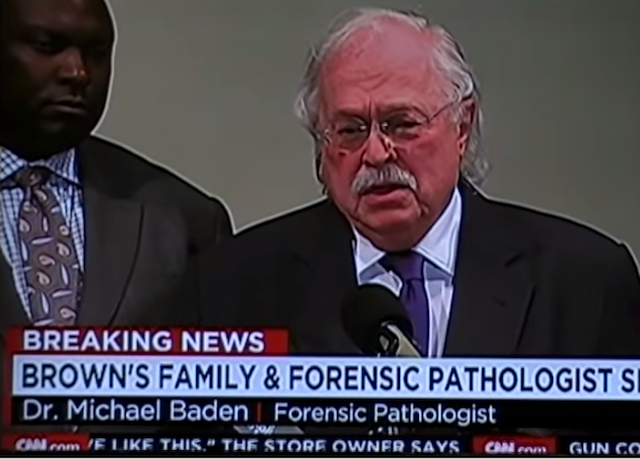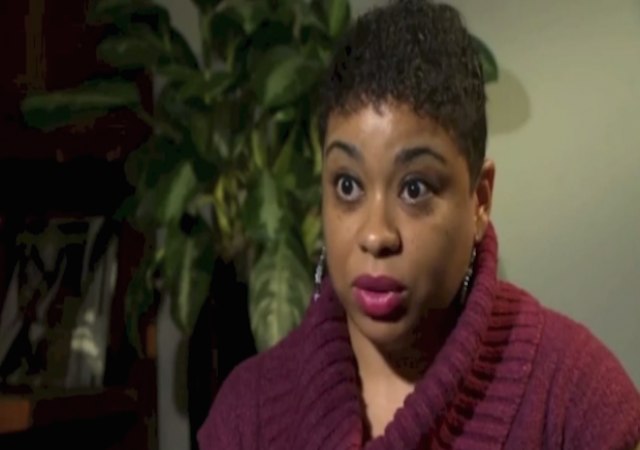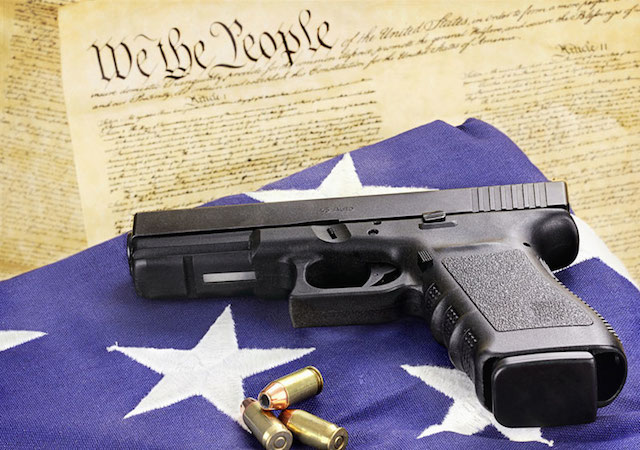There have been many false factual narratives of the Michael Brown killing, such as "hands up, don't shoot."
Now there's a new false legal narrative spreading, that a prosecutorial mistake misled the Grand Jury into erroneously failing to indict Police Officer Darren Wilson.
The source of the claim appears to be MSNBC's Lawrence O’Donnell.
O'Donnell, who was
magnificently misleading in the Trayvon Martin case, expounds on this claim in the Ferguson case with absolute moral and intellectual certainty, as he always does.
The heart of O'Donnell's claim is that a legal error in presenting the law on use of force in making an arrest early in the Grand Jury proceedings somehow led the Grand Jury astray. O'Donnell maintains that this error could have led the Grand Jury to think it was okay to shoot Michael Brown in the back as he was running away, even though the corrected law was given to the Grand Jury prior to deliberations.
There are at least two major flaws in O'Donnell's argument.
First, and most important, even if O'Donnell is correct that prosecutors misstated
one justification for Wilson's use of deadly force (arrest powers), these same prosecutors
correctly stated an
alternative and independent justification for that same use of force (self-defense).
Thus, even if Wilson's arrest powers were insufficient justification for his use of deadly force,
his right of self-defense was more than sufficient justification for that use of deadly force.
And even O'Donnell claims no error in that instruction to the Grand Jury.
Second, the justification that O'Donnell claims was read to the jury in error is entirely irrelevant, as it applies
only if the suspect is
shot while fleeing arrest.
Here, Michael Brown suffered not a single gunshot wound to the back, nor did Wilson ever claim to have shot Brown while he was fleeing in order to affect an arrest. Instead, Wilson claims consistently that he shot Brown in self-defense, and numerous witnesses testified and the forensic evidence supports that Wilson fired only when Brown
was actively advancing towards, and
not while Brown was fleeing from, Wilson.
As a result the legal justification that O'Donnell claims to be in error, that of arrest powers,
simply has no application to this case.
Now to the video:
O’Donnell’s diatribe is an almost perfect example of what is commonly referred to as a
“straw man” argument.

